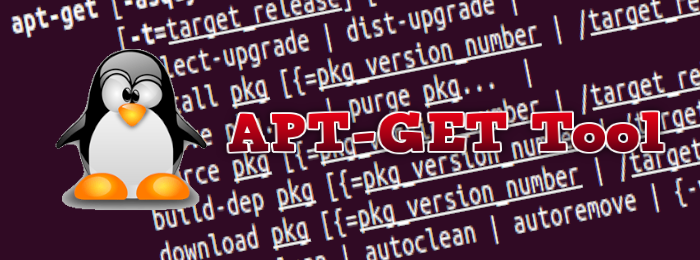
This page was already viewed 2016times
Download Linux packages and dependencies with APT

Summary
[II] package & dependencies download (online source)
[III] package & dependencies installation (offline target)
[I] General presentation
*What is the apt tool ?The 'apt' command is a package management tool used in Debian-based Linux distributions, such as Ubuntu. It allows users to easily install, update, and remove software packages from the distribution's repositories.
The 'apt-get download' command allows users to download a package from the apt repository without installing it.
*What is the apt-rdepends tool ?The 'apt-rdepends' tool helps to get the dependency tree for specified packages. It provides information on which packages depend on the specified package, helping to identify dependencies and potential issues during package management.
Using 'apt-rdepends' in conjunction with 'apt-get download' allows to only download a package and its dependencies in a folder for later installation.
*In what situation does manual download of a package occur ?There may be situations where a person finds themselves in a Linux system that is offline, meaning there is no internet connection available for the standard 'apt' package installation method to work.
When this situation occurs, one method of installing a package (in .deb format) from the apt repository is to manually download it onto a computer with an internet connection, transfer it to the target system using a physical method such as a USB device, and then locally install it using dpkg.
However, manually installing a package is likely to fail due to errors or issues that may arise from missing dependencies. While the apt package manager can resolve these issues seamlessly on an online system, the integrator must address them manually when installing the package on an offline system.
*Why package dependencies are required for an offline installationAs mentioned previously, dependencies are essential components that the package needs in order to operate correctly. If these dependencies are missing, the package may not function as intended or may not function at all.
When downloading a package along with its dependencies, we make sure that all necessary components are available on the target system, which enables the package installation to work properly. This practice helps in avoiding any errors or complications that could be caused by missing dependencies.
Downloading a package along with its related dependencies is vital to ensure a seamless and efficient installation of the software on the offline Linux system.
[II] package & dependencies download (online source)
*PrerequisiteA Linux package requires several dependencies to be met in order for the installation to be successful. The list of dependencies can sometimes be extensive. Additionally, each of these dependencies is a package that also relies on its own set of dependencies, leading to a recursive chain.
Manually resolving all of those dependencies can be a complex and time-consuming task. Thanks to the apt-rdepends tool, we can automate and simplify this process effortlessly.
It is necessary to install 'apt-rdepends' as a prerequisite in order to automatically resolve package dependencies.
*Automatic package and dependencies downloaduser@online-linux:#apt-get install apt-rdepends
The first step is to create a designated download folder and navigate to it. This is necessary because the upcoming commands will save downloaded files in the current directory.
user@online-linux:#mkdir DLfolder && cd DLfolder
Secondly, the following command will enable you to download a package and all of its dependencies automatically.
The command "apt-rdepends
*Final archive preparationuser@online-linux:#apt-get download $(apt-rdepends|grep -v "^ ")
After completion, the package and all of its related dependencies in the .deb format are downloaded to the DL folder.
It is recommended to consolidate them into a single compressed archive for easy transfer to the target system for offline installation.
user@online-linux:#cd .. && tar zcvf DLfolder.tar.gz DLfolder
Ultimately, you can transfer the final DLfolder.tar.gz file to the offline target for installation using a USB device or any other method available.
[III] package & dependencies installation (offline target)
At this point, it is assumed that you are logged into the offline target and that the previously prepared DLfolder.tar.gz file was successfully transferred to it.
*Archive extractionWe will begin by extracting data from the DLfolder.tar.gz file in order to retrieve the DLfolder where all of our packages and dependencies are located.
user@offline-linux:#tar zxvf DLfolder.tar.gz
After the command finishes running, we will be able to see that the DLfolder has been created, which contains all the files that need to be installed.
*Package and dependencies installationThe initial step is to relocate our current folder to the DLfolder, where all the elements to be installed can be found.
user@offline-linux:#cd DLfolder
We are now ready to install the packages and dependencies. Installation must be carried out in a specific order, where all dependencies related to a specific package must be installed before the package itself. In addition, each dependency relying on sub-dependencies must be satisfied beforehand, creating a potentially large dependency tree that could be time-consuming to understand and install each package individually.
This task can be easily accomplished using the dpkg installation tool, which will generate the necessary tree and automatically install the packages and dependencies in the correct order to prevent any installation issues.
The following command utilizes the dpkg tool to install a previously downloaded package and its dependencies.
user@offline-linux:#dpkg -i *